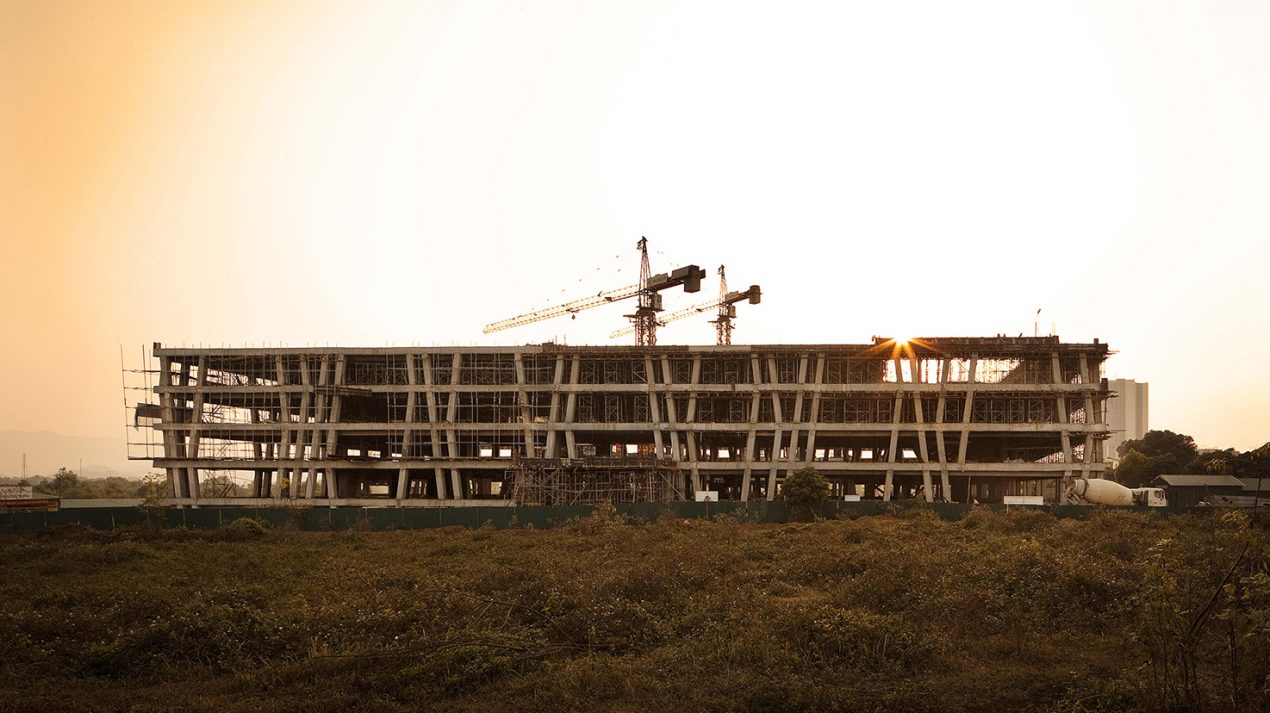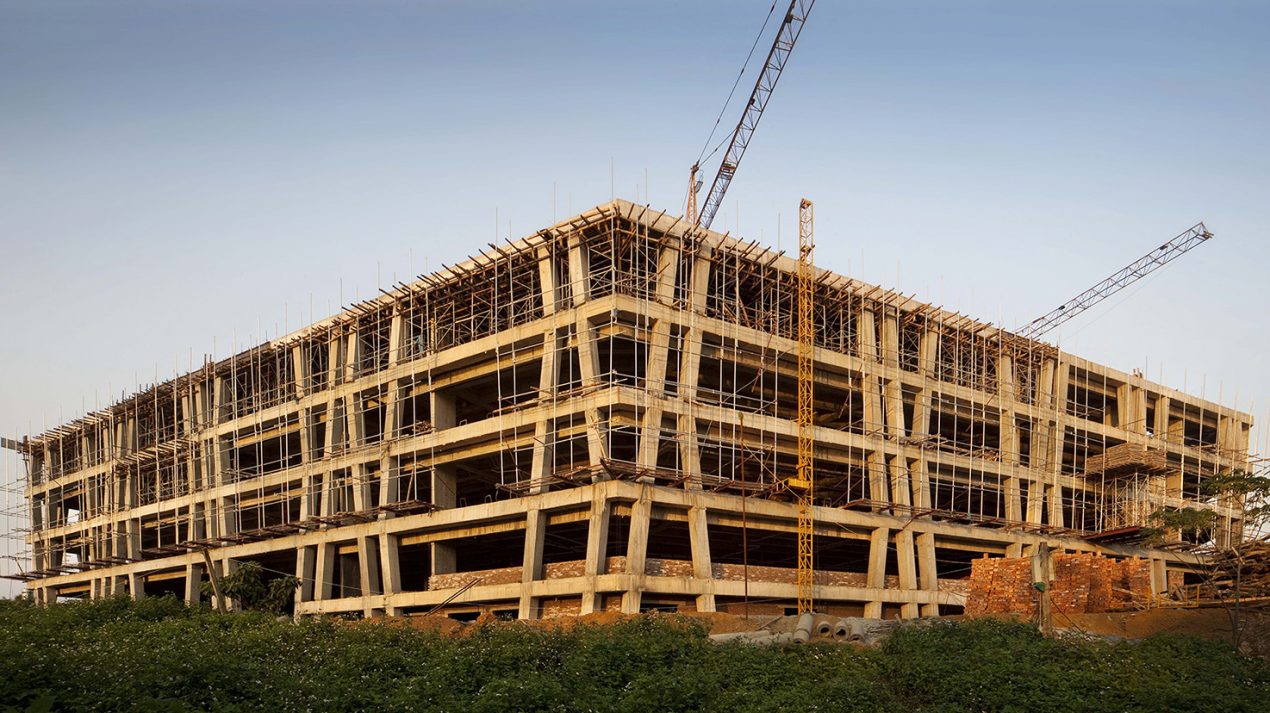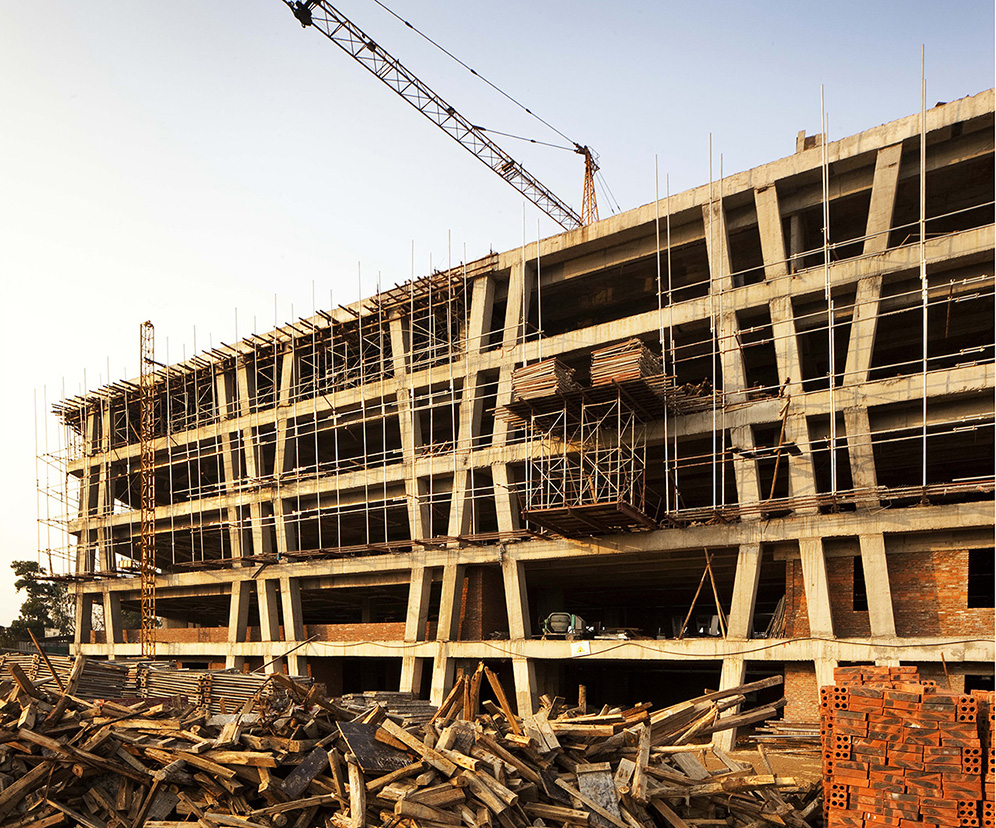







- 8+
- Completed
- Hanoi (2014-2015)








With the demands of an increasingly global society, architects are confronting the dilemma of proposing design solutions in unfamiliar cultural and geographic contexts. All too often, the international nature of contemporary practice compels an accelerated schedule of client meetings, site visits, and design proposals, all on unfamiliar cultural and geographic terrain. The results of this
With the demands of an increasingly global society, architects are confronting the dilemma of proposing design solutions in unfamiliar cultural and geographic contexts. All too often, the international nature of contemporary practice compels an accelerated schedule of client meetings, site visits, and design proposals, all on unfamiliar cultural and geographic terrain. The results of this type of engagement seldom result in an architecture capable of assimilating the nuances of site, local identity, and technology.
Our research on this design has focused on the relationship of the architectural remnants and the specific nature of a site.
The treatment of this future ruin is expressed through a white abstract materialization while the natural elements are represented by the earth extracted from the future site of the construction in Hoa Lac, Hanoi, Vietnam. The opposition of the slide of the terrain and the project explore a new possible paradigm of the blend of human construction and nature. The result would be appreciated in thirty to fifty years.
For the occasion of the “Hanoi Design. Now” exhibition, we created an abstract representation of the FPT Software Hanoi office building, situated in Village 3 of Hoa Lac Software Park, Hanoi.
It is a 1:150 scale model that shows only the primary structural elements of the building: slabs, columns and core – as if they were remains of the FPT building, demonstrating the concept of the “Future Ruin”. The model is made of laser-cut white plexi, placed on top of a viewing podium with a layer of soil taken from Hoa Lac, to show the ruin as part of the future landscape.
- Program8+
- StatusCompleted
- PhotoPatrick Bingham-Hall, Le Hai Anh